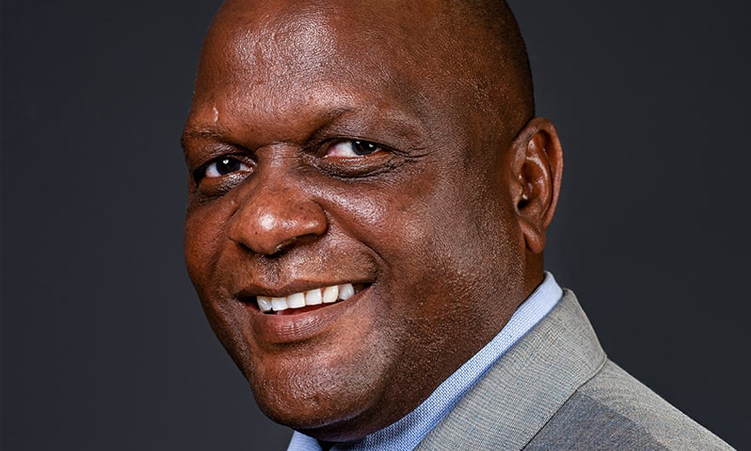The Namibian Association of Medical Aid Funds (Namaf) says the rising cost of healthcare is weighing down some medical aid funds, forcing them to use their reserves to pay for members’ healthcare.
Stephen Tjiuoro, Namaf’s chief executive, says for any medical aid fund to be regarded as sustainable it has to have a reserve of 25% of what it collects.
“Reserves of medical aids are dangling due to the high cost of healthcare. They end up having to take money from their reserves to pay. Currently there are medical aid funds that have been liquidated, and another is about to,” he says.
Tjiuoro says the biggest cost incurred by medical aid funds comes from private hospital bills, which make up 31%.
“To address this issue, Namaf is working with stakeholders to establish common interpretations of terms related to hospital services,” he says.
The medical aid fund industry is worth N$5 billion, according to Tjiuoro.
Additionally, efforts are underway to formalise relationships between private healthcare facilities and medical aid funds to enhance efficiency and contain resource wastage.
“To formalise relationships between private hospitals/healthcare facilities and medical aid funds at an industry level, Namaf has embarked on a process to pave the way for provider contracting to be effected,” Tjiuoro says.
Medicine constitutes 16,7% of healthcare, which makes it the second-largest expense.
Namaf is implementing a Namibian National Pharmaceutical Product Index (NAPPI) Product and Price File to establish benchmark dispensing fees.
This would ensure consumers are not overcharged for medicine.
The industry’s fee-for-service reimbursement model is being scrutinised to address coding issues, such as providing more services than medically necessary, billing for a more complex or expensive service than actually provided, and repeatedly billing for the same service to the same patient.
“To monitor and evaluate progress on the impact of the interventions intended to restore the medical aid fund industry to a sustainable position, Namaf is enhancing its current quarterly claims report by adding additional metrics to help the industry track the effectiveness and impact of all these new interventions,” Tjiuoro says.
Namaf spokesperson Uatavi Mbai says a big part of the cost in the medical aid fund industry is wastage, which Namaf is working on resolving.
“There was a policy which did not allow individuals to see a specialist without a doctor’s recommendation, which was actually beneficial, because it is more expensive to see a specialist than it is to see a doctor, however, now you can choose to see a specialist, and this eats into the pockets of the medical aid beneficiaries,” she says.
Mbai says due to rising costs a lot of medical aids find themselves in a position of financial unsustainability.
In addition to financial measures, Namaf highlighted the importance of clinical considerations in healthcare delivery.
“Healthcare interventions must be driven by clinical necessity and effectiveness. We are working to delineate clear guidelines for different levels of medical interventions, ensuring resources are allocated appropriately,” Mbai says.
Furthermore, Namaf acknowledges the need for regulatory reforms to address outdated practices and enhance oversight in the healthcare sector.
“Outdated regulations hinder our ability to respond effectively to evolving healthcare needs,” she says.
Stay informed with The Namibian – your source for credible journalism. Get in-depth reporting and opinions for
only N$85 a month. Invest in journalism, invest in democracy –
Subscribe Now!






